Is pricing your product a dark art, or is it cold hard science? The answer is probably… yes. There are several strategies you can use to determine a price for your product (the science part). Picking the right strategy often requires a good understanding of your customers and what motivates them (the dark art). Here are some resources that help you choose the right pricing strategy and put it to good use.
Pricing primer for product managers. At some point, most product managers will participate in or even lead a pricing exercise. To help you when it’s your turn with a pricing exercise, Abhishek Chakravarty lays out some tips on how to think through pricing your product and some commonly employed Pricing frameworks that you can use as a reference.
(via @ChakrVyuh)
A to Z of pricing for product managers. Venkatesh at xplainerr is convinced that pricing is like an infinite jigsaw puzzle – extremely difficult to crack. He realized that pricing is a complex phenomenon. It’s a mix of microeconomic principles, marketing theories, and human psychology. To help you solve the pricing puzzle Venkatesh put together a three-part series on product pricing. Here’s the first part on pricing strategies for consumer tech companies.
(via @xplainerr)
Pricing insights from 2,200 SaaS companies. A few years back, OpenView Ventures launched a tool for SaaS companies to assess their pricing maturity and get advice on how to take their pricing to the next level. Now they’ve had more than 2,200 SaaS companies participate. Kyle Poyar shares what they’ve learned about pricing from that dataset. It offers a unique vantage point into how SaaS companies approach their pricing and packaging including who is responsible for it, how frequently they revisit pricing, and how much they charge.
(via @OpenViewVenture)
How to determine the optimal price for your product in a subscription business. When you sell a subscription product, getting your product pricing strategy in place on day one will help retain a positive revenue stream. If you price your products incorrectly, you’ll create problems that are difficult to overcome. David Gibb wants to equip you with an understanding of how to price your products effectively from the beginning vs. day 50 without getting a Master’s Degree in the Economics of Pricing.
(via @LiquidWeb)
How to Price a Product: A Small Business Guide. Proper product pricing can help you establish and sustain a successful business. Master this and you’ll find it easier to generate sales and build buyer relationships. It will also convert your existing customers into repeat customers. But pricing a product can be tricky. Set your prices too low, and you risk not bringing in enough profit. Price too high, and you might discourage your customers from buying. Jimmy Rodela provides seven steps you can follow to come up with the right pricing game plan.
(via @themotleyfool)

